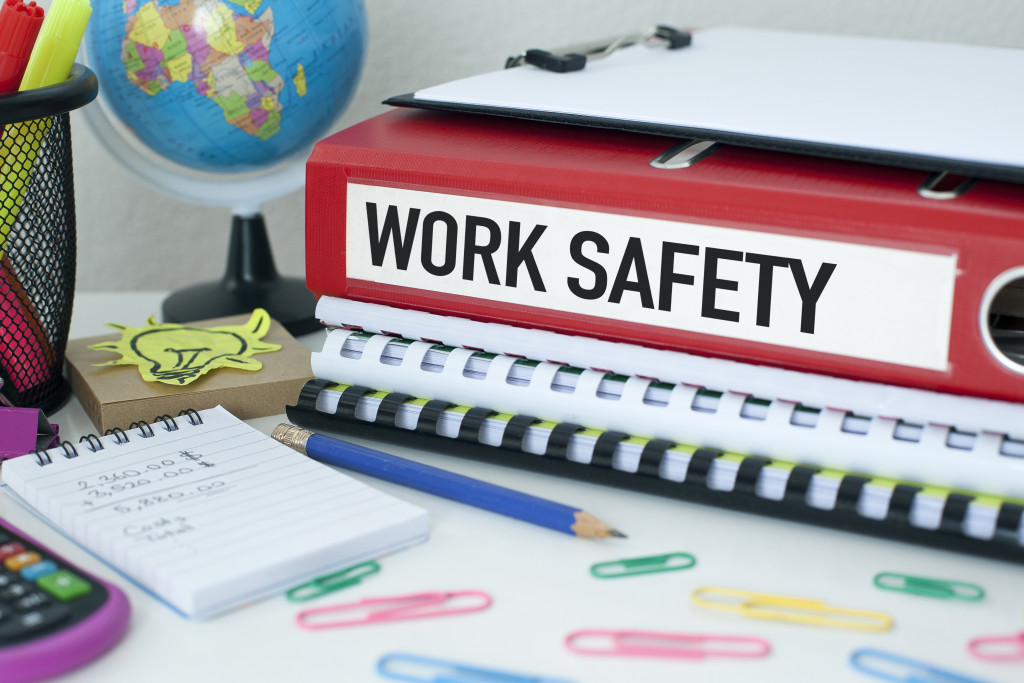- Keeping up-to-date with industry regulations is crucial, utilizing resources such as newsletters, workshops, and government websites.
- Hiring an electric contractor ensures electrical installations and repairs meet legal requirements.
- Prioritizing safety is central to compliance, encompassing employee training, regular inspections, and encouraging feedback.
- Vigilant compliance practices, including regular audits and thorough documentation, help prevent regulatory non-compliance and fines.
In the industrial sector, it is imperative to comply with government policies and regulations. Failing to do so could lead to legal consequences, hefty fines, and, in severe cases, bankruptcy. Compliance is crucial, but it can be challenging to navigate the complex laws and regulations. This blog post will provide essential tips to ensure compliance in the industrial sector and avoid legal trouble.
Stay Up-To-Date on Regulations
The first step to ensuring compliance is to stay up-to-date on the latest regulations and policies specific to the industrial sector. It is essential to understand the changes in regulations, compliance requirements, and any exemptions. Here are some things that you can do:
Subscribe To Industry-Specific Newsletters
Industry-specific newsletters are a valuable resource for staying informed about the latest in regulatory compliance. These publications often provide updates on policy changes, industry standards, and best practices. They may also feature expert insights, case studies, and forecasts, which can help your organization anticipate and prepare for future regulatory changes.
Attend Compliance Conferences and Workshops
Attending compliance conferences and workshops is another beneficial approach to keeping pace with regulatory changes. These events provide opportunities to learn from compliance experts, network with industry peers, and discover new strategies for maintaining compliance. Presentations and discussions often cover anticipated regulatory changes, best practices for compliance management, and innovative solutions for common compliance challenges.
Check Government Websites Regularly
Government websites are an authoritative source of information regarding regulations and standards. They frequently update their content to reflect changes in laws or guidelines applicable to the industrial sector. Regularly checking these websites can provide your organization with the most accurate and current information. This allows your company to quickly react and adapt to new regulations, ensuring ongoing compliance and reducing the risk of legal complications.

Hire an Electric Contractor
Hiring an industrial electric contractor is another crucial aspect of maintaining compliance. These professionals are well-versed in industry-specific regulations and are equipped to ensure that all electrical installations and repairs meet the legal requirements.
An electric contractor will carry out inspections, identify potential issues, and recommend suitable solutions, ensuring that your plant’s electrical systems remain compliant with current regulations. Their expertise can greatly reduce the risk of violations, fines, and shutdowns due to non-compliance.
If possible, look for contractors with certifications or accreditations from relevant institutions, such as the National Electrical Contractors Association (NECA) or the International Association of Electrical Inspectors (IAEI). These credentials demonstrate their knowledge and expertise in compliance matters.

Safety Comes First
Compliance should always have safety at its core. Industrial companies should promote safety and avoid cutting corners to save money and time. Promoting safety creates a culture of compliance that respects regulations and ensures the welfare of employees. The industrial sector should prioritize safety above production goals and, in turn, avoid fines and legal consequences. Here are some practices to implement:
Employee Training
Workplace safety training should be a top priority for every industrial company. These sessions equip workers with the necessary knowledge and skills to comply with regulations, identify hazards, and prevent accidents. Regularly conduct refresher courses to ensure that employees remain up-to-date on safety practices.
Conduct Periodic Inspections
Periodic safety inspections are essential tools for maintaining compliance and ensuring a safe working environment. These inspections can identify potential risks and hazardous conditions before they result in accidents or regulatory violations. It’s crucial to conduct these inspections regularly and document all findings and corrective actions taken. This not only helps in maintaining safety but also serves as a record of compliance, which can be beneficial in case of regulatory audits or investigations.
Empower Employees to Speak Up
Creating an open environment where employees feel comfortable voicing their concerns is key to ensuring safety and compliance. Encouraging feedback from employees about potential hazards or unsafe practices can lead to proactive problem-solving and improvement in safety measures. Furthermore, employee participation in safety initiatives can cultivate a sense of ownership and collective responsibility toward maintaining a safe and compliant workplace.
Compliance is essential in the industrial sector, and organizations must remain vigilant in ensuring adherence to policies and regulations. Staying up-to-date on regulations, having a compliance officer, prioritizing safety, conducting internal audits, and proper documentation can help avoid regulatory non-compliance and fines. Adherence to industrial sector laws and regulations can lead to a safer workplace and a better public reputation and allow companies the freedom to focus on innovation and profitability.

